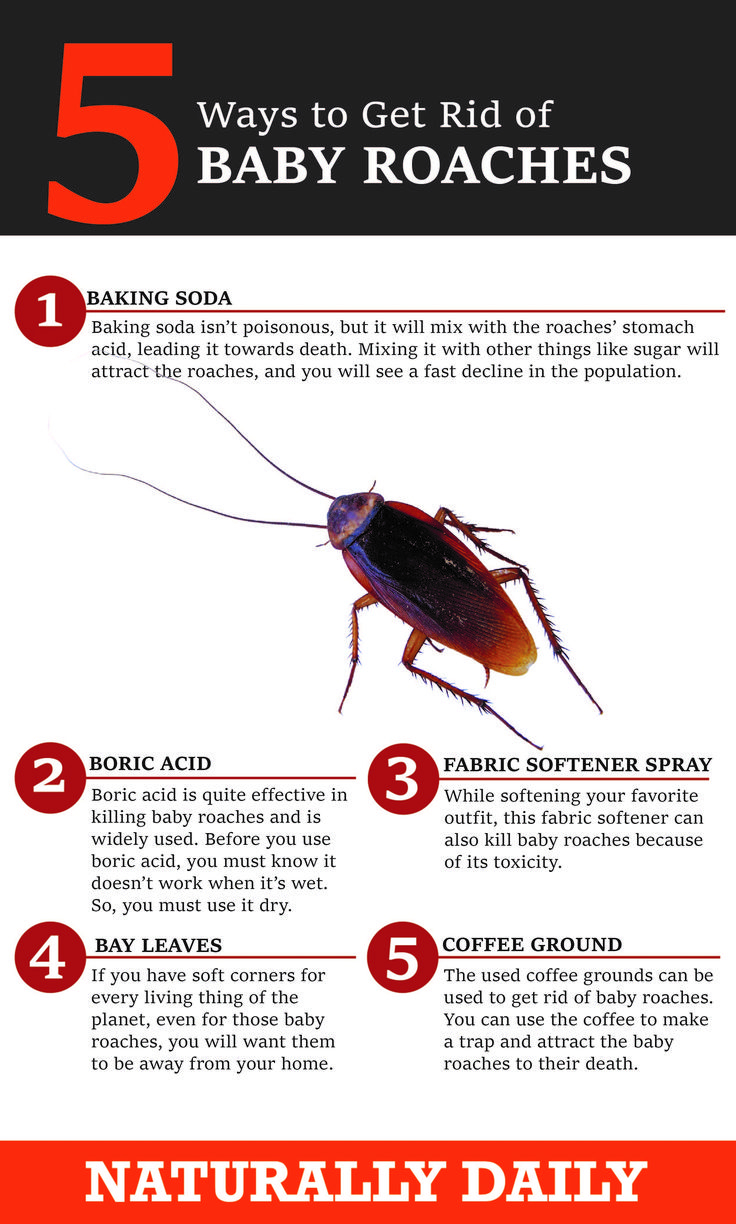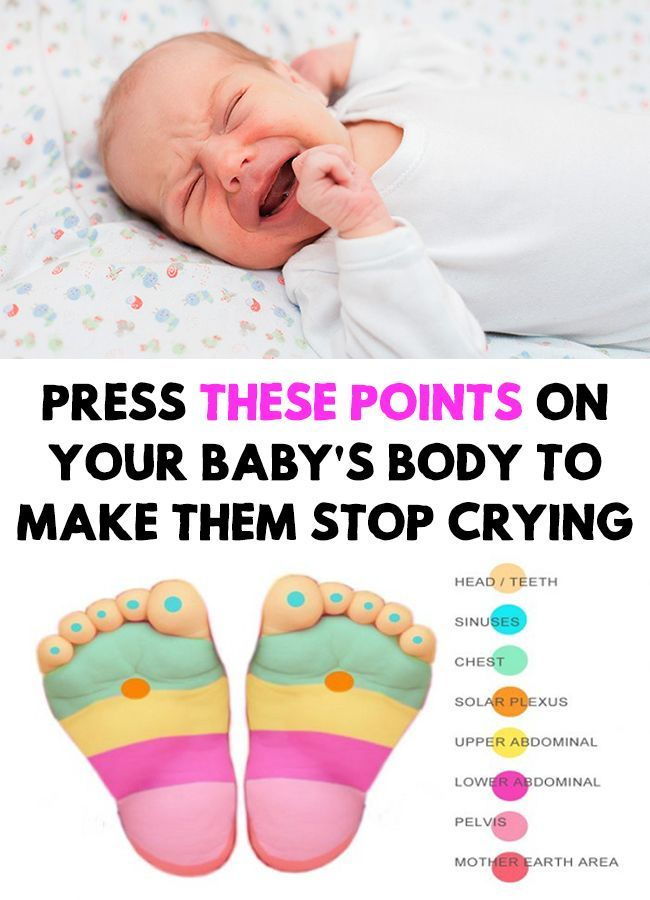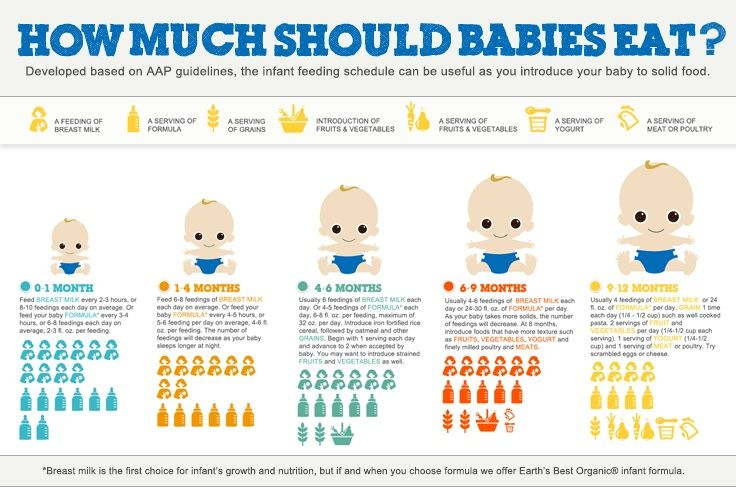How to Carry a Baby Without Hurting Your Back
Are you a new parent struggling with back pain from carrying your baby? Don’t worry, we’ve got you covered. In this guide, we will explore the best techniques and tips to help you carry your baby without straining your back.
From proper baby carrying techniques to choosing the right baby carrier and strengthening your back muscles, we’ve got everything you need to know to ensure a pain-free experience while carrying your little one.
Proper Baby Carrying Techniques

Carrying your baby is a joyful experience, but it can also put a strain on your back if not done correctly. Here are some tips on how to carry a baby without hurting your back.
Correct Way to Hold a Baby
- Hold your baby close to your body with one hand supporting their bottom and the other hand supporting their head and neck.
- Ensure that your baby’s spine is properly aligned and supported while being carried.
Importance of Maintaining Proper Posture
Proper posture is crucial when carrying a baby to prevent back pain. Make sure to:
- Stand up straight with your shoulders back and avoid slouching.
- Distribute the weight evenly between both arms to reduce strain on your back.
Tips for Weight Distribution
- Switch sides frequently to avoid overloading one side of your body.
- Use a baby carrier or sling to evenly distribute the weight of your baby across your body.
- Avoid carrying your baby for extended periods without taking breaks to rest your back.
Choosing the Right Baby Carrier
When it comes to choosing the right baby carrier, it’s essential to consider factors like comfort, support, and ease of use. With so many options available in the market, it can be overwhelming to find the perfect fit for you and your baby.
Baby carriers come in various styles, but two popular choices are baby wraps and structured carriers. Let’s compare the pros and cons of each to help you make an informed decision.
Baby Wrap vs. Structured Carrier
Baby Wrap:
- Pros:
- Provides a customized fit for both the baby and the wearer.
- Promotes bonding between parent and baby through skin-to-skin contact.
- Allows for different carrying positions to accommodate the baby’s growth.
- Cons:
- May require a learning curve to master the wrapping technique.
- Not as structured as other carriers, which may lead to less back support.
- Can be time-consuming to put on and take off.
Structured Carrier:
- Pros:
- Offers more support and structure, especially for the wearer’s back.
- Easy to put on and adjust without the need for complicated wrapping.
- Great for longer outings or hikes where comfort and support are crucial.
- Cons:
- May not provide as snug of a fit as a baby wrap.
- Some structured carriers can be bulky and may not pack as easily for travel.
- Less flexibility in terms of carrying positions compared to baby wraps.
When selecting a baby carrier that provides adequate back support, consider factors like the material, padding, and ergonomic design. Look for carriers that distribute the baby’s weight evenly across your back and shoulders to prevent strain. Remember to try on different carriers with your baby to see which one feels the most comfortable for both of you.
Strengthening Back Muscles
To avoid back pain while carrying your baby, it’s essential to strengthen your back muscles. A strong back can provide better support and prevent strain, especially when carrying the extra weight of a baby.
Exercises to Strengthen Back Muscles
- Deadlifts: This exercise targets the lower back and helps improve strength and stability. Make sure to maintain proper form to avoid injury.
- Bridges: Bridges work on the lower back and core muscles, helping to improve overall stability and support for your spine.
- Superman Exercise: Lie on your stomach and lift your arms and legs off the ground simultaneously, engaging your back muscles. This exercise helps strengthen the entire back.
- Rows: Using resistance bands or weights, perform rows to target the upper back muscles, enhancing posture and support.
Importance of a Strong Core
A strong core is crucial for maintaining good posture and preventing back pain while carrying your baby. When your core muscles are strong, they provide additional support to your back, reducing the risk of strain and injury.
Regular Physical Activity for Back Health
Regular physical activity, including exercises that target the back and core muscles, is essential for preventing back pain. Incorporating activities like yoga, Pilates, or strength training into your routine can help improve muscle strength and flexibility, reducing the likelihood of experiencing discomfort while carrying your baby.
Alternatives to Carrying

Carrying a baby all the time can take a toll on your back, so it’s important to explore alternative ways to transport your little one without straining yourself. Let’s look at some options that can help you give your back a break while keeping your baby safe and comfortable.
Using Strollers or Prams for Longer Outings
When you need to cover longer distances or spend extended periods outside with your baby, using a stroller or pram can be a lifesaver. These wheeled devices provide a comfortable and secure place for your baby to rest while you navigate your way around. Strollers with adjustable handles and multiple recline positions can offer added convenience and flexibility for both you and your baby.
- Choose a stroller or pram that suits your lifestyle and the terrain you’ll be navigating.
- Ensure that the stroller is properly assembled and all safety features are in place before using it.
- Regularly check the stroller for any signs of wear and tear to prevent accidents or malfunctions.
Using a stroller or pram can give your back a break while allowing your baby to enjoy a comfortable ride.
Creating a Safe and Comfortable Environment for the Baby
When your baby is not being carried, it’s essential to provide a safe and cozy space for them to rest and play. Setting up a designated area with a soft blanket, toys, and other essentials can give your baby a sense of security and comfort.
- Choose a well-ventilated area away from direct sunlight and potential hazards.
- Ensure that the baby’s sleeping area is free from suffocation risks, such as loose bedding or toys.
- Regularly check on your baby to ensure they are safe and comfortable in their designated space.
Creating a safe and comfortable environment for your baby when not being carried can promote healthy development and peace of mind for parents.
Answers to Common Questions
Can improper baby carrying techniques lead to back pain?
Yes, incorrect ways of holding a baby can strain your back muscles and lead to pain over time. It’s important to learn the right techniques to avoid this.
Is using a baby carrier better than holding a baby in arms?
Using a baby carrier helps distribute the baby’s weight evenly, reducing strain on your back compared to holding the baby in arms for extended periods.
Are there specific exercises to strengthen back muscles for baby carrying?
Yes, there are exercises like back extensions and planks that can help strengthen your back muscles and improve support while carrying your baby.
Can using strollers or prams be a good alternative to carrying a baby?
Absolutely, strollers or prams provide a convenient way to transport your baby without straining your back, especially for longer outings or walks.
How important is maintaining proper posture while carrying a baby?
Maintaining proper posture is crucial as it helps distribute weight evenly, reducing the risk of back pain and ensuring a comfortable experience for both you and your baby.





